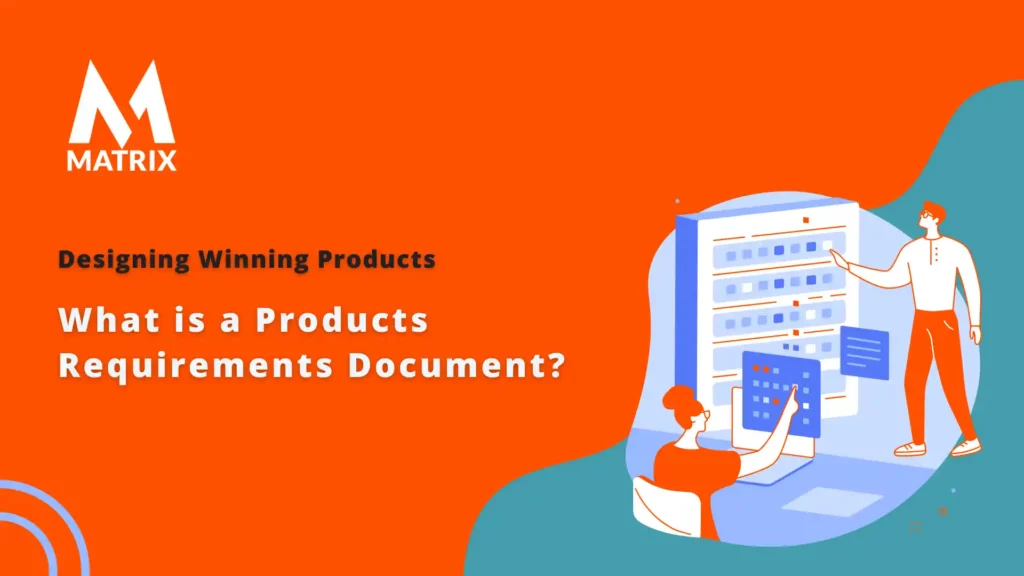What is a Product Requirements Document?
Learn about a Product Requirements Document and how to create a clean PRD.
A product requirements document, or PRD, is a document that outlines the specific features and functionality of a product. Teams use it during the product development process to ensure that everyone is on the same page and that no important details are missed.
Bad value proposition design will burn cash, communicate poorly, and spend your life building products nobody wants. PRD and MRD are paired together to create products and services customers want. This blog post will discuss what goes into a good PRD and how it can help your business succeed.
- Understanding the patterns of value creation.
- Leverage the experience and skills of your team.
- Avoid wasting time with ideas that won’t work.
- D Deleteesign, test, and deliver what customers want.
The core of the value proposition design is about using a proven process applied to the messy search of value propositions that customers want and then keeping them aligned with what customers want in post-search. You don’t want to build a better product no one wants.
Your value proposition design shows you how to use the value proposition to design and test Great Value propositions in an iterative search for what customers want. Value proposition design is a never-ending process in which you must constantly evolve your value propositions to keep them relevant to your customers.
Do you remember the RIO MP3 player? It was better than the first-gen iPods.
Do you want to create a product that people will love?
A well-crafted PRD is a key to success. It ensures that your team is on the same page and that no important details are missed.
A good PRD communicates your vision for the product and helps you build something customers want. You can avoid costly mistakes and wasted time by clearly understanding what the product should do and how it should look.
Read this blog post to learn more about creating a successful PRD!
Problems for CMOs in discrete manufacturing about poor value proposition design
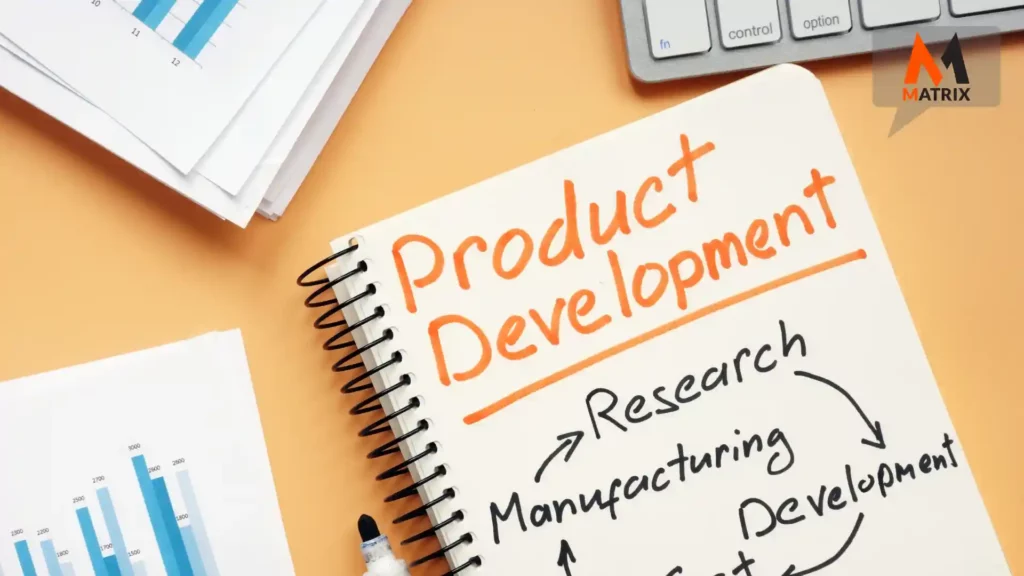
When it comes to discrete manufacturing, a poor value proposition design can lead to several problems for the CMO.
First, it can result in a loss of customers. People will likely switch to competitors if your product doesn’t offer good value.
Second, it can hurt your bottom line. You’ll have difficulty staying in business if you’re not making enough money on your products.
Third, it can damage your reputation. People will start to see you as a company that can’t deliver on promises, and they’ll be less likely to do business with you.
A good value proposition is essential if you want to be successful in discrete manufacturing. It sets you apart from the competition and convinces customers that your products are worth their money. You’re at a disadvantage from the start if you don’t have a strong value proposition.
Make sure your team understands the importance of a good value proposition and work together to create one that will help your business succeed!
Why the vice president of products should care about poor value proposition design
The vice president of products is responsible for ensuring that the products the company produces are successful. This includes developing a clear vision for the product, working with the team to create a PRD, and ensuring that the product meets the customer’s needs.
A poor value proposition can hurt the success of a product. If customers don’t see the value in your product, they won’t buy it. This can lead to a loss of revenue, damage to your reputation, and difficulty staying in business.
The vice president of products should care about poor value proposition design because it can negatively impact the product’s success. They need to ensure that the product’s vision is clear and that the team creates something customers want.
A product requirements document, and what is it used for

A PRD is a document that outlines a product’s specific features and functionality. Teams use it during the product development to ensure that everyone is on the same page and that no important details are missed.
A solid PRD communicates your vision for the product and helps you build something customers want. It’s part of the product launch process. You can avoid costly mistakes and wasted time by clearly understanding what the product should do and how it should look.
Having a good PRD in place is essential if you’re looking to create a successful product. This document will help you clarify your vision and ensure your team is on the same page. It will also help you avoid costly mistakes and wasted time.
The components of a good PRD
A good PRD should include the following components:
- The product’s vision
- The target market
- The problem the product is trying to solve
- The key features of the product
- The target audience
- The business goals for the product
- Any additional information needed to build the product correctly
If your PRD lacks any of these components, you’ll likely encounter problems during product development. Ensure to include all the necessary information in your PRD to avoid costly mistakes and delays.
Creating a successful product requires a good PRD. This document will help you clarify your vision and ensure that everyone on your team is on the same page. It will also help you avoid costly mistakes and wasted time. To create a successful product, include all the components in your PRD.
How to create a product requirements document and how to write a product requirements document
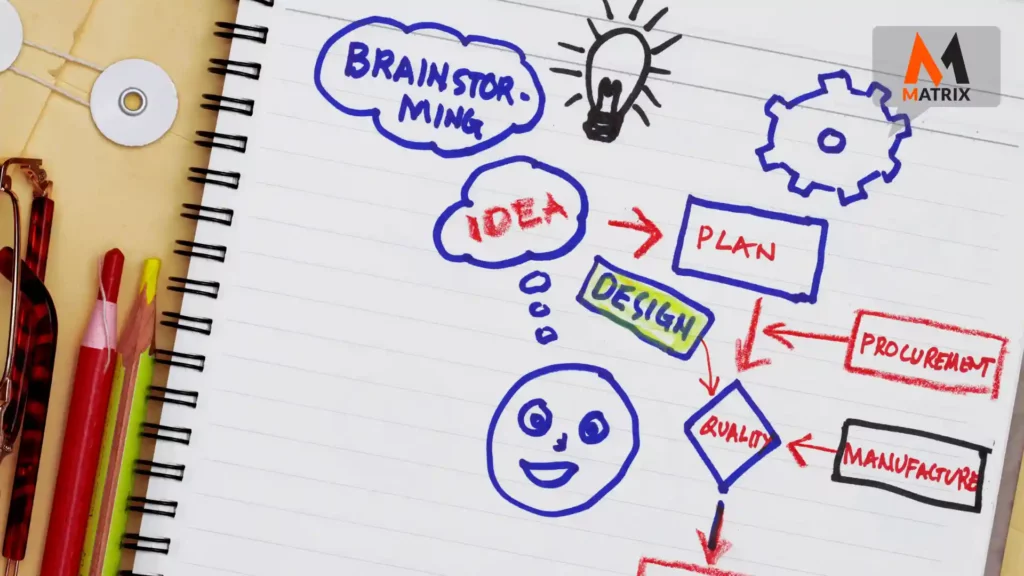
The PRD is a key part of the product development process. It outlines a product’s specific features and functionality, ensuring that everyone involved in the development process is on the same page and that no important details are missed.
To create a PRD, you’ll need to gather input from all product development stakeholders. This includes team members, customers, and anyone affected by the product. You’ll then need to prioritize these requirements and decide which are most important to the product’s success.
Once you have a final list of requirements, you can begin drafting the document. The PRD should be clear and concise, outlining each requirement in detail. It should also include a description of how each requirement will be met.
The product requirements document is important for ensuring that your product is successful. By gathering input from all stakeholders and outlining each requirement in detail, you can be sure that no important details are missed and everyone is on the same page.
Understanding the patterns of value creation.
When creating a product, it’s important to understand the patterns of value creation. By understanding these patterns, you can focus on creating a product that provides real value to your customers.
There are three basic patterns of value creation: necessity, luxury, and experience. Necessity products provide essential functions that people need in their lives. Luxury products provide features and functionality that go beyond what’s necessary. Experience products provide an enjoyable experience for customers.
Which pattern of value creation is right for your product? That depends on your target market and the needs of your customers. Understanding all three patterns is important to create a product that meets your customer’s needs and provides real value.
Leverage the experience and skills of your team.
When creating a product, it’s important to leverage the experience and skills of your team. Using your team members’ skills and experience, you can create a product that meets your customer’s needs and provides real value.
Your team members have a wealth of knowledge and experience to develop your product. They know your company’s strengths and weaknesses and understand your target market. They also know how to create products that provide real value to customers.
The experience and skills of your team can make or break your product. Using them effectively can create a product that exceeds your customer’s expectations.
Avoid wasting time with ideas that won’t work.
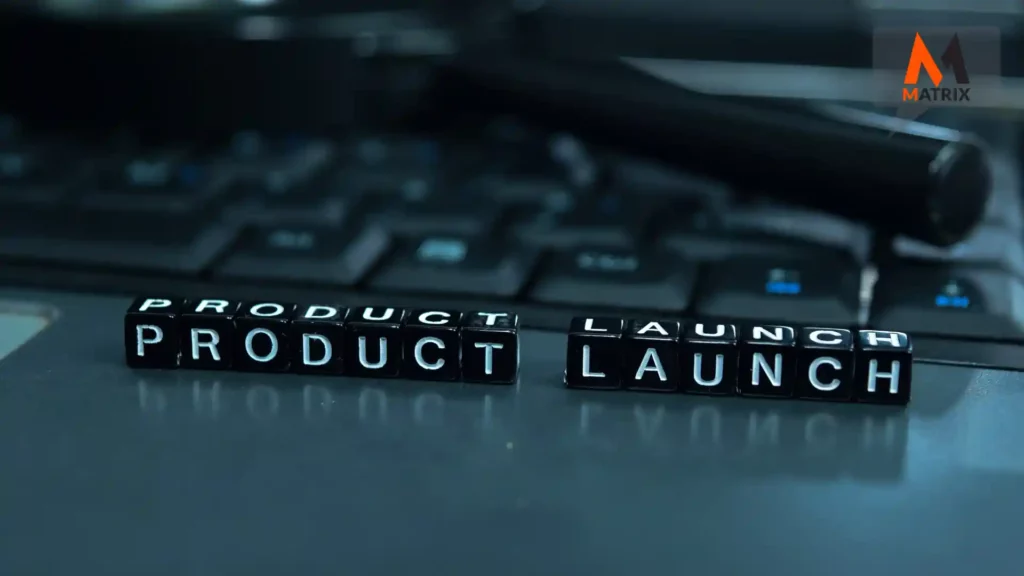
When creating a product, it’s important to focus on ideas that will work and avoid wasting time on ideas that won’t. By focusing on viable ideas, you can save time and energy while creating a product that meets your customer’s needs.
There are many things you can do to avoid wasting time on unworkable ideas:
- Gather input from all stakeholders involved in the product’s development. This includes team members, customers, and anyone affected by the product.
- Prioritize the requirements and focus on the most important to the product’s success.
- Draft a clear and concise PRD outlining each requirement in detail.
- Use your team’s experience and skills to create a product that meets your customer’s needs.
- Avoid wasting time on unworkable ideas.
By following these steps, you can focus on creating a product that provides real value to your customers.
A PRD is not a static document.
A PRD is not a static document; it should be updated regularly as the product development process progresses. As new requirements are identified and changes are made to the product, the PRD should be updated to reflect these changes.
Updating the PRD regularly ensures that all stakeholders have the most up-to-date information and everyone is on the same page. It also allows you to track the progress of the product development process and ensure that no important details are missed.
The PRD is an essential tool for developing successful products. By gathering input from all stakeholders, focusing on viable ideas, and drafting a clear and concise PRD, you can create a product that provides real value to your customers.
Tips for keeping your PRD up-to-date
Updating a PRD can seem daunting, but it’s important to keep it up-to-date to ensure everyone is on the same page. Here are a few tips for keeping your PRD up-to-date:
- Gather input from all stakeholders involved in the product’s development. This includes team members, customers, and anyone affected by the product.
- Prioritize the requirements and focus on the most important to the product’s success.
- Draft a clear and concise PRD outlining each requirement in detail.
- Use your team’s experience and skills to create a product that meets your customer’s needs.
- Update the PRD regularly as the product development process progresses.
By following these tips, you can keep your PRD up-to-date and ensure everyone involved in the product development process is aligned.
Examples of product requirements documents
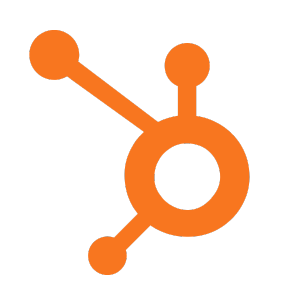
A PRD is a document that outlines a product’s specific features and functionality. Teams use it during product development to ensure that everyone is on the same page and that no important details are missed.
A well-crafted PRD can help you avoid wasting time on unworkable ideas. By gathering input from all stakeholders involved in the product’s development, prioritizing requirements, and drafting a clear and concise document, you can create a product that provides real value to your customers. With AIProdPad it’s easy to create and share your product requirement documents with your product development teams and executives.
Here are a few examples of product requirements documents:
- Apple Watch Series 8 – This document outlines the features and functionality of Apple’s latest smartwatch. It includes health and fitness tracking sections, notifications, ECG, and more.
- Google Home – This document outlines the features and functionality of Google’s voice-activated assistant. It includes sections on hands-free use, playback controls, and more.
You don’t know how to create a product that meets your customer’s needs. You’ve tried using an MP3 player before, but it never worked!
Now you can focus on creating a product that provides real value to your customers with the help of your team. Your team has the experience and skills to make this happen.
Leverage the experience and skills of your team to develop a product that exceeds your customer’s expectations.
Conclusion
The core of the value proposition design is about using a proven process applied to the messy search of value propositions that customers want and then keeping them aligned with what customers want post-purchase. You don’t want to build a better product no one wants.
Your value proposition design shows you how to use the value proposition to design and test better value propositions in an iterative search for what customers want. Value proposition design is a never-ending process in which you must constantly evolve your value propositions to keep them relevant to your customers.
Product Hunt product requirements document sample product requirements document has some templates, too.
A well-crafted product requirements document can help you avoid wasting time on unworkable ideas and create a product that provides value to your customers.
You can ensure everyone is on the same page by gathering input from all stakeholders involved in the product’s development, prioritizing requirements, and drafting a clear and concise document. Use your team’s experience and skills to develop a product that meets your customer’s needs.
General FAQs
What is a product requirements document?

A well-crafted PRD can help you avoid wasting time on unworkable ideas and create a product that provides value to your customers. You can ensure everyone is on the same page by gathering input from all stakeholders involved in the product’s development, prioritizing requirements, and drafting a clear and concise document.
Why is it important to have a product requirements document?

A PRD is a document that outlines a product’s specific features and functionality. Teams use it during the product development process to ensure that everyone is on the same page and that no important details are missed.
How can product requirements documents help during the manufacturing process?

A product requirements document, or PRD, is a document that outlines the specific features and functionality of a product. Teams use it during product development to ensure that everyone is on the same page and that no important details are missed. You can ensure everyone is on the same page by gathering input from all stakeholders involved in the product’s development, prioritizing requirements, and drafting a clear and concise document.
What should be included in a product requirements document?

A well-crafted PRD can help you avoid wasting time on unworkable ideas and create a product that provides value. You can ensure everyone is on the same page by gathering input from all stakeholders involved in the product’s development, prioritizing requirements, and drafting a clear and concise document. Use your team’s experience and skills to develop a product that meets your customer’s needs.
How can you ensure that your product requirements document is up-to-date?
The best way to ensure that your product requirements document is up-to-date is to update it regularly as the product development process progresses. This means updating it after every meeting, design session, or other organized activity related to the product.
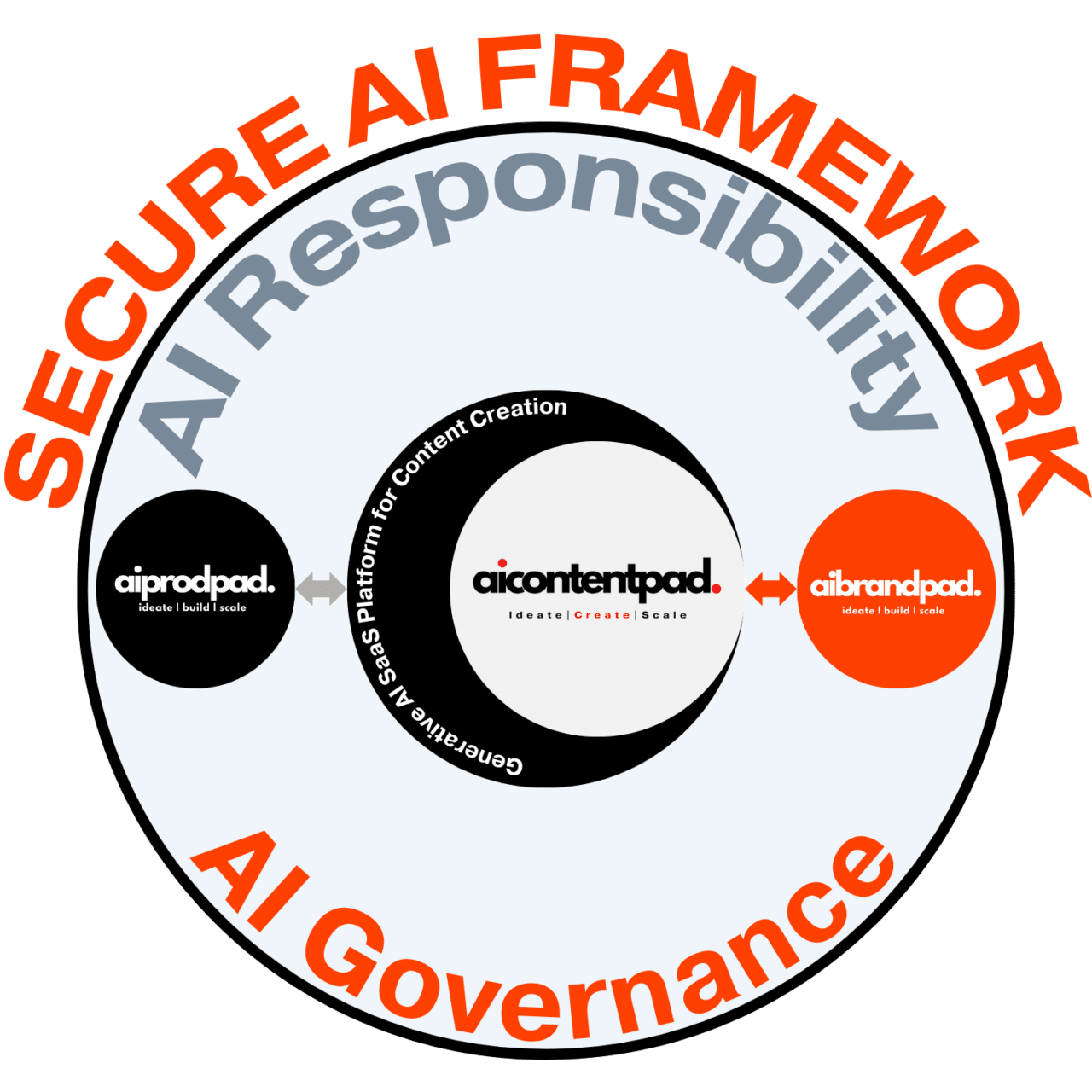
ChatGPT is revolutionizing the way we work, learn, and communicate.
But what does this mean for those who aren’t using it?
ChatGPT: The AI Divide: Will It Leave You Behind? explores the potential impact of AI on society and asks the question: Are we creating a two-tiered world where those who have access to AI thrive, while those who don’t are left behind?

